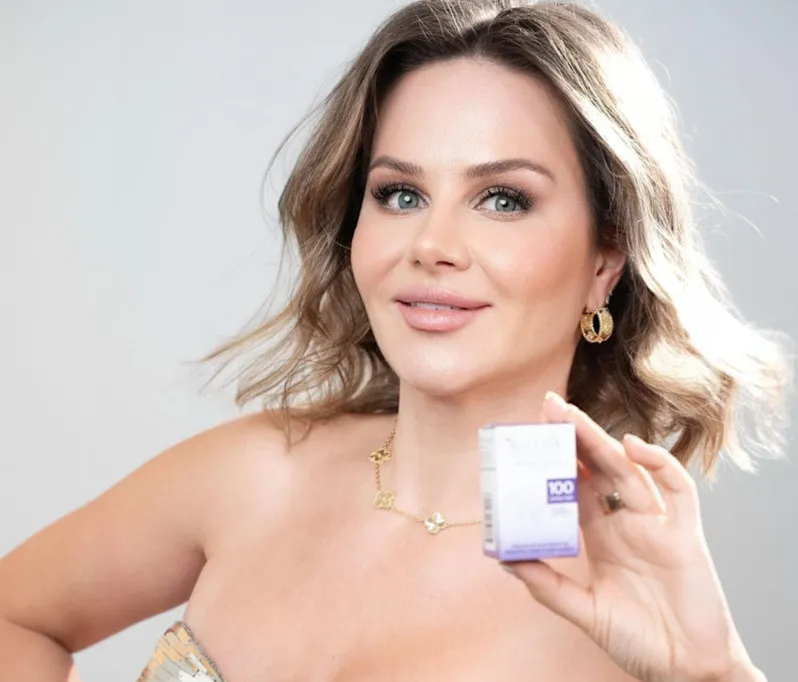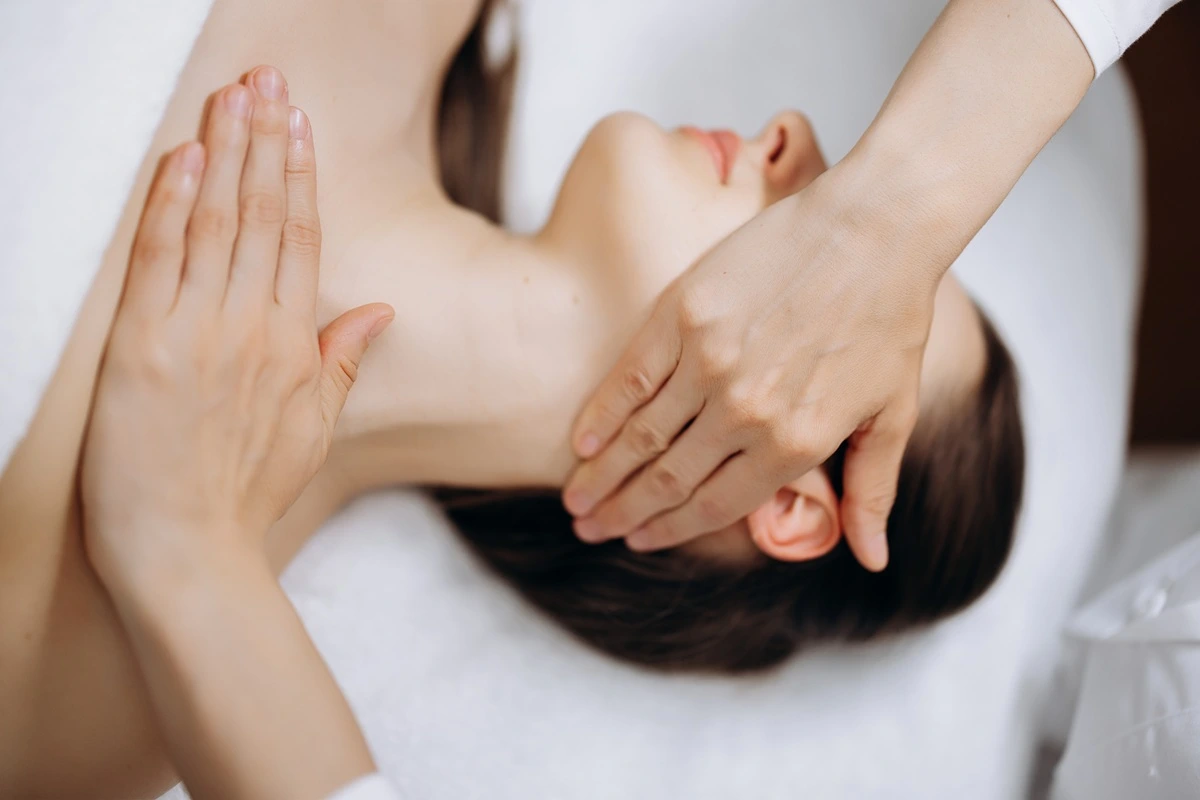Table of Contents
Even though you can’t turn back the hands of time, you can undo what it’s done to your skin. Chemical peels are a non-invasive way to improve your appearance and get around younger, healthier skin.
At Diamond Advanced Aesthetics, our expert technicians are trained to look at your skin and determine the best solution for your specific needs and goals. Check out this blog post to discover more.
What We Know About Chemical Peels
Chemical peels improve the tone and texture of your skin by removing the damaged outer layers with a chemical solution. When you put custom peels on your skin, the acids and vitamins break down your skin’s top layer, revealing the smoother, younger skin underneath.
Depending on how you want your skin to look, you can make these solutions in different strengths to treat various skin problems. A chemical peel, on the other side, also known as chemexfoliation or derma peeling, employs a chemical solution to enhance the appearance of the skin.
In this procedure, a chemical solution is given to the skin, causing trauma or harm to the layers of the skin. The skin layers eventually peel away to reveal younger skin. Typically, the regenerated skin is smoother, has fewer creases and wrinkles, a more uniform hue, and a brighter complexion.
What Can This Treatment Cure?
Chemical peels cure or improve the look of certain skin disorders by enhancing the tone and texture of the skin. This method is most frequently applied to the face, neck, and hands.
They can aid in reducing or enhancing sun damage, aging, wrinkling, and other forms of acne. You and your dermatologist will select the depth of your peel. This selection can vary based on the condition of your skin and the desired treatment outcomes.
Chemical peels do not effectively treat sags, bulges, deep scars, deep facial lines, or wrinkles. If these are your worries, you should consider additional cosmetic surgery procedures like laser resurfacing, a facelift, brow lift, eye lift, or fillers.
Let’s dig in more profoundly about the treatment Chemical Peels can cure. They help treat acne scars, sun damage, fine lines, and uneven skin tone for smoother, radiant skin.
Scarring
A chemical peel might make a small scar on your face look and feel less noticeable. The professionals at our clinic look at the size and depth of your spot and make a mixture of chemicals just for you based on what they find.
Eyespots
Chemical peels can make fine lines and wrinkles like crow’s feet less noticeable by removing the top layer of skin to reveal smoother, younger-looking skin underneath. The process helps cells grow back and makes more collagen, which may keep wrinkles at bay.
Sun Damage
You may have spent too much time in the sun or skipped sunscreen to get a golden tan this summer. If the sun damage from those tans is starting to show, a chemical peel could fix some of the damage.
Age spots, Freckles, and Melasma
Chemical peels are great for getting rid of small spots on your skin. It can help get rid of freckles and age spots.
Melasma, those brown spots that can show up on your face over time, can also be treated with chemical peels. The chemical peel process works well on this hyperpigmentation, the mask of pregnancy by women expecting.
Best For Beauty Treatments
Chemical peels are a great addition to anti-aging treatments. Adding this to your treatment plan can keep your new, younger-looking skin for longer.
No matter what skin problem you want to fix, you can trust the professionals at Diamond Advanced Aesthetics to determine if a chemical peel is right for you, customize a treatment based on your specific condition and aesthetic goals, and give you the medicine safely and effectively.
Call our office today or make an appointment online to start peeling away unwanted skin conditions and revealing a fresher, younger-looking complexion.
Kinds of Chemical Peels
VI Peel is FDA-cleared for treating acne, acne scars, melasma, and signs of aging.
Chemical peels are made to help with a variety of skin problems. They get rid of dead and damaged skin cells to get healthy new cells to grow. This makes your skin look clearer, softer, and younger.
There are chemical peels that are mild, medium, and deep. The results of these peels range from mild to more dramatic. Each has a different mix of chemicals to treat things like acne or damage from the sun.
You’ve probably heard of some or most of the chemicals in each type of peel. Some of the skincare products you use at home to clean and moisturize your skin usually have one or more of these chemicals in smaller amounts.
In different types of peels, the main chemicals used are:
- Glycolic acid/alpha-hydroxy acid
- Trichloroacetic acid
- Phenol (carbolic) (carbolic)
- Retinoids
- Salicylic acid/beta-hydroxy acid
So what kind of chemical peel do you want? It depends on the skin problem or condition you want to fix, your skin type, and how strong a chemical peel you need.
The best thing to remember is that chemical peels should always be done by a licensed and experienced master aesthetician, just like all other beauty treatments and procedures.
Also, depending on the chemical peel you get, your skin may be red, irritated, and blister for several days to a week after the procedure.
Most of the time, you won’t need to wear a bandage after a mild chemical peel, but you should still give your skin enough time to heal and recover.
If you want the best results from a chemical peel before a big event like a wedding, vacation, or job interview, schedule it at least a few weeks in advance.
For a superficial peel, alpha-hydroxy acids are used in mild chemical peels to target the top layer of your skin. Soft and deep peels use glycolic acid and trichloroacetic acid to reach the middle layer of your skin and remove dead skin cells.
Staying The Best For Yourself
We offer ways to help you stay comfortable during stronger chemical peels at Diamond Advanced Aesthetics. During your consultation, we look at your skin and tell you which chemical peel will work best.
Contact us today to make an appointment at our office to learn more about chemical peels and how we can make your face and body look better.






